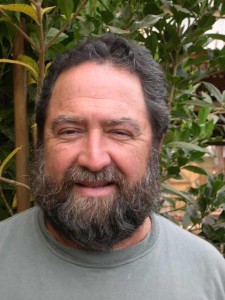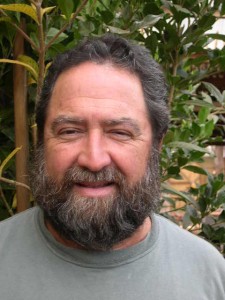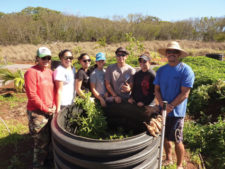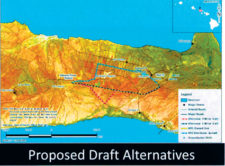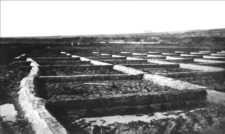Fruit of the Land
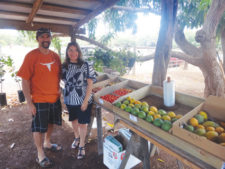
New Molokai Fruit Stand markets local produce
A few months ago, Kalamaula Homesteader and third generation farmer Gene Ross Davis found himself in a predicament. His tomato crops had yielded too many tomatoes for on-island consumption, but not enough to ship off-island. In order for it to be profitable for him to ship his tomatoes for sale off-island, he would need enough to fill an entire palate of 25-pound boxes –nearly 500 pounds total of tomatoes. With the help of his wife Rosie, Davis found another way to market his produce –he opened a fruit and vegetable stand on his property last week.…







